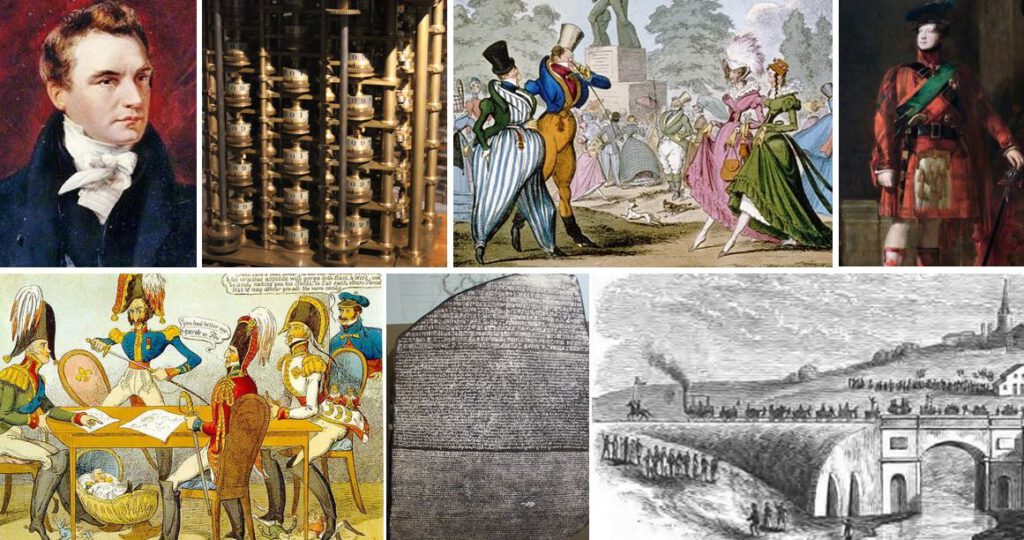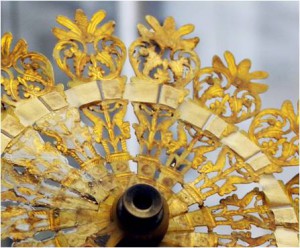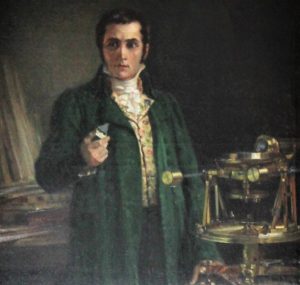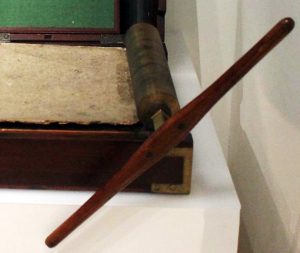 In 1822, Britain leaves the recession of the post-war period. The Napoleonic Wars had cost the nation an estimated £83 billion in modern terms – it is the most expensive war so far. The country’s debt is almost 200% of its GDP in 1822; this, however, is already better than in 1819, when the debt peaked at around 260 percent of the GDP.
In 1822, Britain leaves the recession of the post-war period. The Napoleonic Wars had cost the nation an estimated £83 billion in modern terms – it is the most expensive war so far. The country’s debt is almost 200% of its GDP in 1822; this, however, is already better than in 1819, when the debt peaked at around 260 percent of the GDP.
Government deficits are financed either by short‐term Exchequer Bills, or by long‐term financing as perpetual bonds, with annual interest rates about 5, respectively 3, percent. This system of financing brings important benefits: With the return of peace, their prices would rise, adding to the bondholders’ wealth in this way. This money then provides much of the finance underpinning for the “take‐off ”-stage of the Industrial Revolution.
Economic grows begins to pick up pace. The general price level falls. Additionally, reforms for free trade start. Britain sees some prosperity.
Find out more about innovations, fashion, celebrities, and social news of this exiting year in England. Continue reading →










